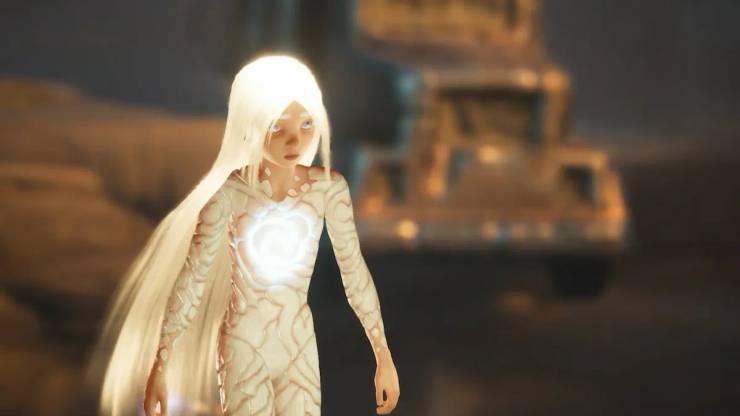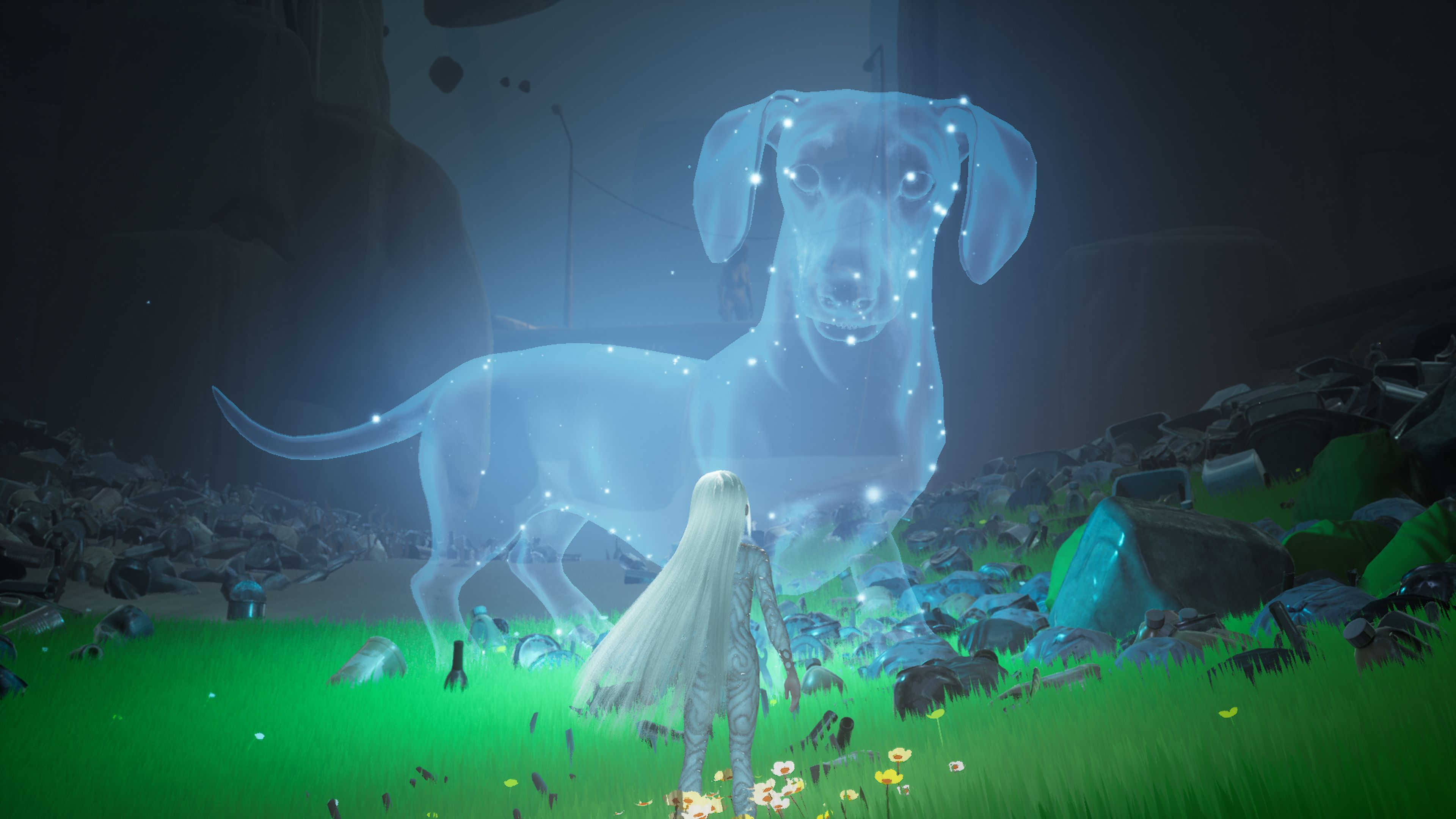As we look forward into 2023, I've been going back over the trailers at The Game Awards. The dust has settled on the winners and losers, the Bill Clinton kid's 15 minutes of fame are over, and we've all stopped wondering out loud why Xbox, currently under investigation for monopolisation of the games industry, didn't show up with a bunch of jazzy trailers to show off how many valuable things it owns. In the immediate aftermath of the show, I preferred to discuss it as an award show, highlighting my discontent with the disrespect Christopher Judge was shown. However, with enough time removed from the hype, I'm revisiting the games that should have had a warmer reception. No game deserves that more than After Us.
After Us is not the typical sort of game you see at The Game Awards. For the most part, the world premieres fall into three categories. First off, a major reveal for a huge game – Death Stranding 2 and Armored Core 6 fall into this category. Secondly, you have the not-quite indies. These are games that either belong to major publishing houses or are part of the gaming zeitgeist through their popularity. Hades 2 and Among Us: Hide and Seek are the sorts of things I mean. The third category, where games like After Us dwell, is the least populated, but often the most interesting.
After Us is a throwback platformer, with movement in the style of Sea of Solitude or Fe. You play as Gaia, who you may know as the Greek Goddess of the Earth, or possibly as that weird monster in Horizon Zero Dawn. The world of After Us is harrowingly empty as a result of an ecological disaster, and your job is to restore nature to life. It's always compelling when studios write around their limitations so creatively like this. Piccolo Studio, the small Barcelona-based dev team, does not have the budget for lush landscapes, so they give the emptiness a sense of narrative weight and can play around with themes and visual metaphors – the minimalist approach served Gris well, and I have hopes After Us can do the same.
Having to reach X point to bring back nature is also a very basic inspiration, but it allows the devs freedom to play around with level design. The most famous example of designing around restrictions is the fog in Silent Hill to obscure the (lack of) draw distance. After Us doesn't need to hit those heights, but it shows that necessity is the father of invention and all that.
This is not to say After Us is always empty in bland – quite the opposite. By focusing on what the player can interact with, and perfecting the most tangible details at the cost of landscapes that go on forever, Piccolo can create distinctive and evocative settings in small spaces on a smaller budget. In the trailer alone, we see orange-soaked skylines punctured by rusted structures, stony temples, underwater lairs, alien surfaces swarming with metallic monsters, rain-drenched vines, and ominous rocks suspended by chains.
Most interesting are the settings with a voice. We see electrical cables piled high in front of dozens of TV screens, admonishing humanity for its decadent use of technology as a fashion statement, while we also see an oil rig roaring with flames in the middle of what was once a bountiful forest. My favourite of these visual jabs at modern culture is the fairground, with the big top looming in the background, a symbol of innocence and joy, polluted by piles of rubbish as humanity destroys itself and plays on like Nero amongst the wreckage.
After Us might feel as if it was crushed under the weight of much larger reveals at TGA, not to mention the carnage of both the opening and ending of the show, but it made an impact on me. For a story that seems to be riffing on the idea that just one person can make a difference, maybe that's enough.
Source: Read Full Article

